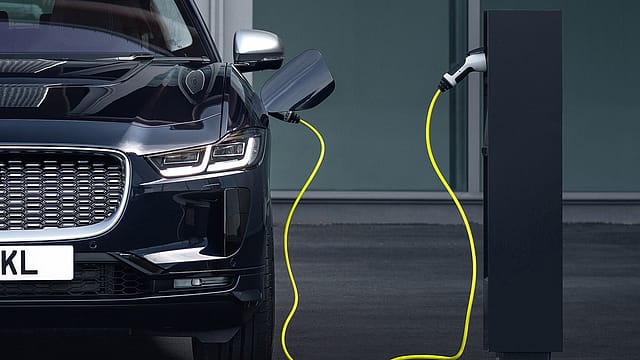EV demand boosts auto sales in May
ADVERTISEMENT

Electric Vehicle sales contributed 8% to the total vehicle retail sales in May, buoyed by a surge in demand for two-wheeler and three-wheeler EVs.
According to data released by the Federation of Automobile Dealers Associations, 2W EV sales contributed 7% and 3W EV sales contributed a substantial 56% to their respective total sales.
The commercial vehicle and passenger vehicle (PV) categories also marked their presence in the EV landscape, with respective contributions of 0.5% and 2.5%.
Auto retail sales in May grew 10% year-on-year with all vehicle categories including 2W, 3W, PV, tractor and CV with respective growth rates of 9%, 79%, 4%, 10%, and 7%.
"May has been an encouraging month for the auto retail industry, demonstrating a robust 10% YoY growth across all vehicle categories... While there has been a slight 2% decline compared to pre-Covid levels, the overall retail figures have shown improvement. The 2W and CV sales did continue to face some challenges, recording high single digit setback of 8% and 7% respectively," says FADA president Manish Raj Singhania.
December 2025
The annual Fortune 500 India list, the definitive compendium of corporate performance, is out. This year, the cumulative revenue of the Fortune 500 India companies has breached $2 trillion for the first time. Plus, find out which are the Best B-schools in India.
The auto dealers' lobby says that two-wheeler sales were positively influenced by seasonal factors like the marriage season, changes in the FAME subsidies effective from June, and the recovery of rural demand, which hint towards a promising future in the aftermath of the Covid-19 pandemic.
The government reduced FAME-II (Faster Adoption of Manufacturing of Electric Vehicles in India) subsidy on electric two-wheelers from June 1, 2023. In a notification issued by the Ministry of Heavy Industries on May 19, 2023, the incentive on electric two-wheelers has been reduced to ₹10,000 per kWh from the existing ₹15,000 per kWh. The cap on incentives for electric two-wheelers will be 15% of the ex-factory prices of vehicles as against 40% earlier.
In the passenger vehicle segment, the improved availability of vehicles, the strength of pending orders, and the robust demand for new launches drove a positive momentum, helping the segment rebound after a slump in the previous month, the dealers' body says.
The commercial vehicle segment experienced sustained growth, underpinned by the government's focus on infrastructure development, FADA says, adding that the bus segment displayed a notable increase, driven by improved financing options and higher sales in academic institutions.
In its near-term outlook, FADA says the auto retail sector faces diverse challenges across the two-wheeler, CV and PV segments. "For 2W, seasonal factors could boost demand, but concerns like weather-induced walk-in reductions, inventory, and regulatory norms persist. The CV sector anticipates improved vehicle availability but concerns about RDE (Real Driving Emission) norms and seasonal effects may impact sales. The PV sector expects increased demand, particularly for new models, Compact & full-sized SUVs and EVs, but inventory pressure and right model availability could pose challenges," notes FADA.
While acknowledging near-term challenges, FADA maintains a 'cautious optimism' stance, highlighting the potential for growth through collaborative efforts and alignment with market trends.
"The anticipated stable interest rates by RBI's Monetary Policy Committee could maintain vehicle demand and positively impact auto sales. However, supply chain issues, demand-supply dynamics, and regulatory changes also play a role in shaping the auto retail outlook," FADA says.
